Unlock the Episode: Listen and Download the Free MP3 from My Podcast Today!
SUMMARY
In the realm of instructional design, assumptions about how learners acquire knowledge and their motivations often lead to suboptimal online course experiences. To address this, instructional designers must embrace a learner-centric approach, acknowledging the diversity of learners and their unique characteristics. This is where a comprehensive learner analysis becomes indispensable.
Many designers lack vital information about their target audience, hindering their ability to create engaging and effective online courses. A learner analysis, therefore, becomes a critical step in designing courses that truly resonate with and captivate learners. This process involves understanding learners' characteristics, prior experiences, attitudes towards the subject matter, and contextual factors.
The learner analysis unfolds as a multi-faceted exploration, encompassing crucial elements such as entry behaviors, prior knowledge of the topic, attitudes, general academic motivation, educational and ability levels, and learning styles. Entry behaviors are the foundational skills necessary for learners to achieve the course's goals, shaping how the instruction is designed, delivered, and evaluated.
Prior knowledge of the topic is equally significant, allowing designers to build on existing knowledge and address potential misconceptions. The analysis extends to learners' attitudes, exploring their perceived levels of attention, relevance, confidence, and satisfaction, crucial components outlined in the ARCS model of motivational design.
Educational and ability levels offer insights into learners' capabilities and experiences, guiding designers in tailoring instruction to the learners' aptitudes. Learning styles, categorized as auditory, visual, and kinesthetic, present further nuances, with over 40 different models available to describe these styles. Understanding how learners prefer to receive information enables the creation of a diverse and inclusive learning environment.
To conduct a thorough learner analysis, designers can employ various techniques, such as pretests, portfolio assessments, surveys, and contact with experienced instructors. These methods aid in collecting essential data about learners' backgrounds, motivations, and learning preferences.
Once the data is gathered, designers can make informed decisions about instructional strategies, media, and materials. For example, if learners are identified as visual learners, incorporating diagrams, pictures, and charts can enhance comprehension. Addressing low motivation may involve aligning instruction with the elements of the ARCS model.
The learner analysis, therefore, serves as the compass guiding the entire instructional design process. By understanding the unique characteristics of the learners, instructional designers can create learning experiences that are not only effective but also enjoyable and motivating. This personalized approach ensures that online courses are tailored to meet the diverse needs of learners, ultimately leading to more successful outcomes and a positive learning environment.
INSPIRATIONAL QUOTES

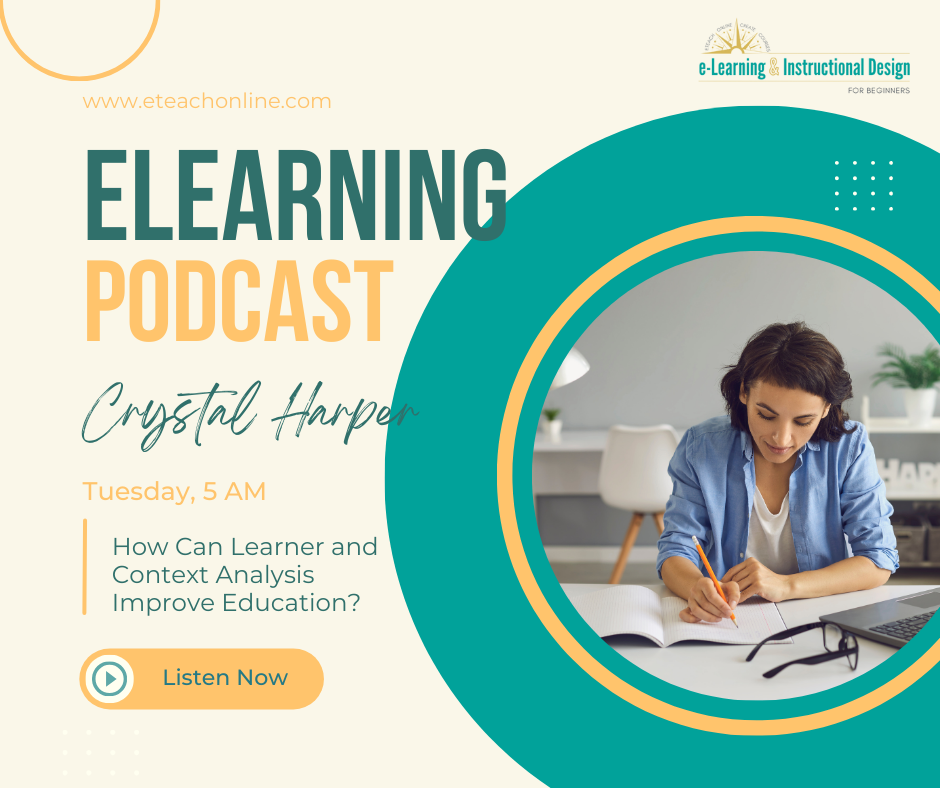
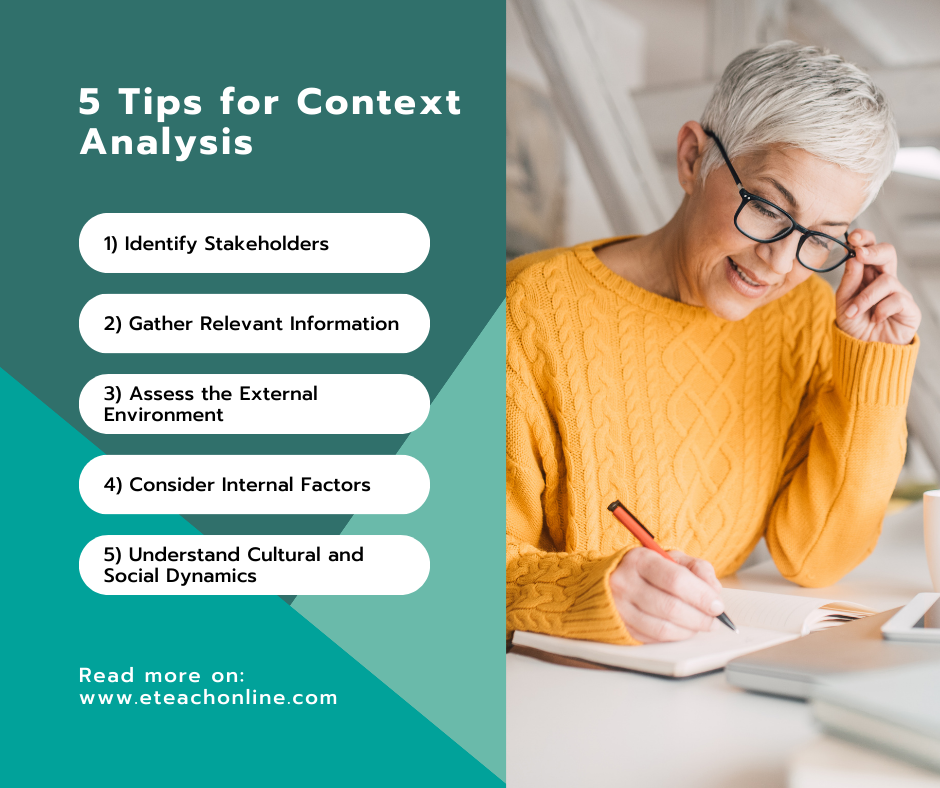
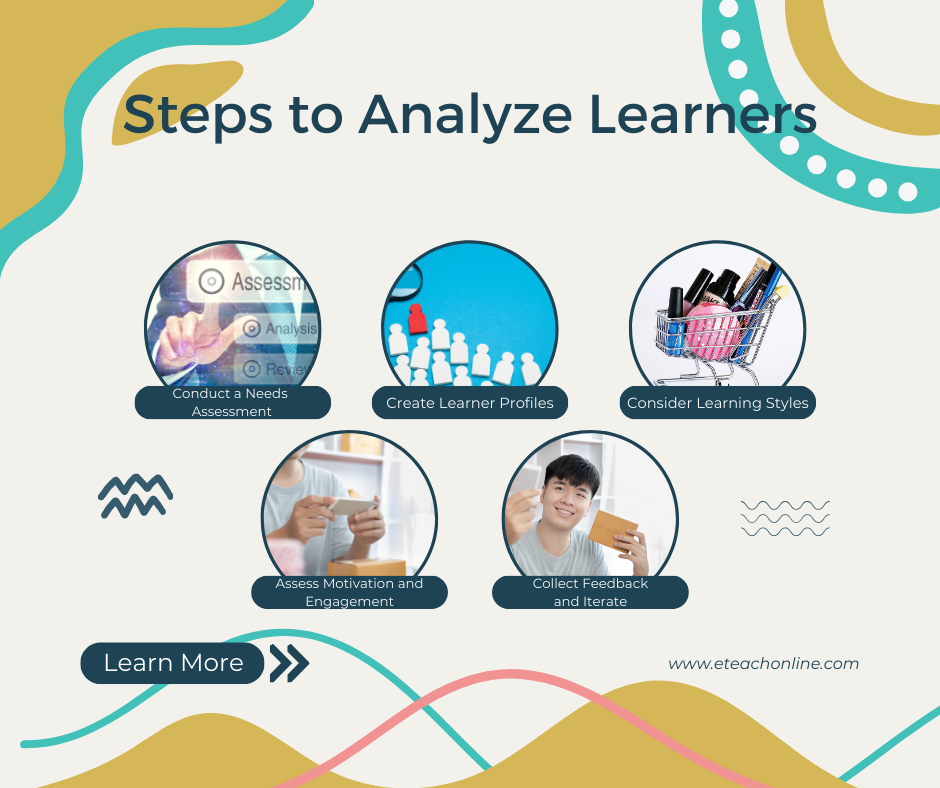
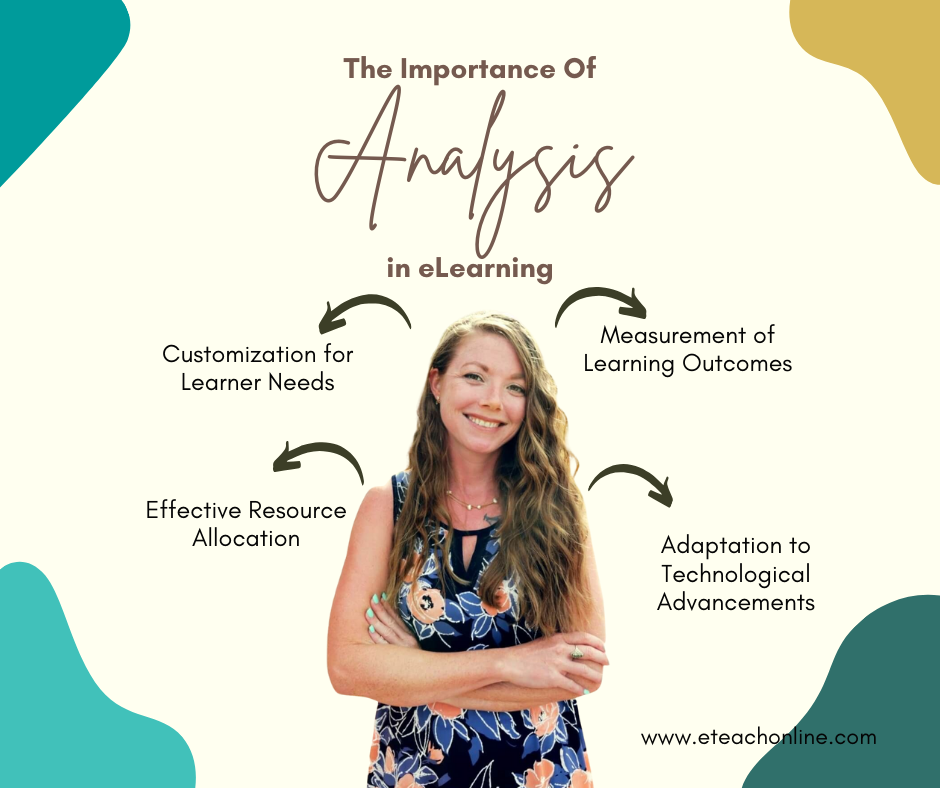
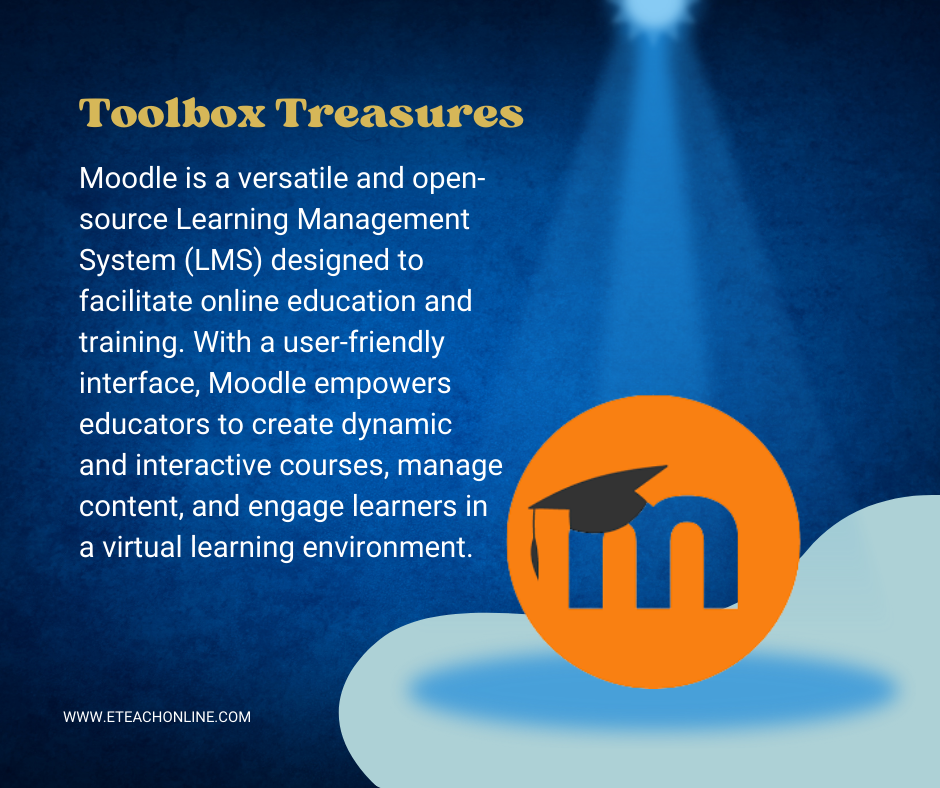
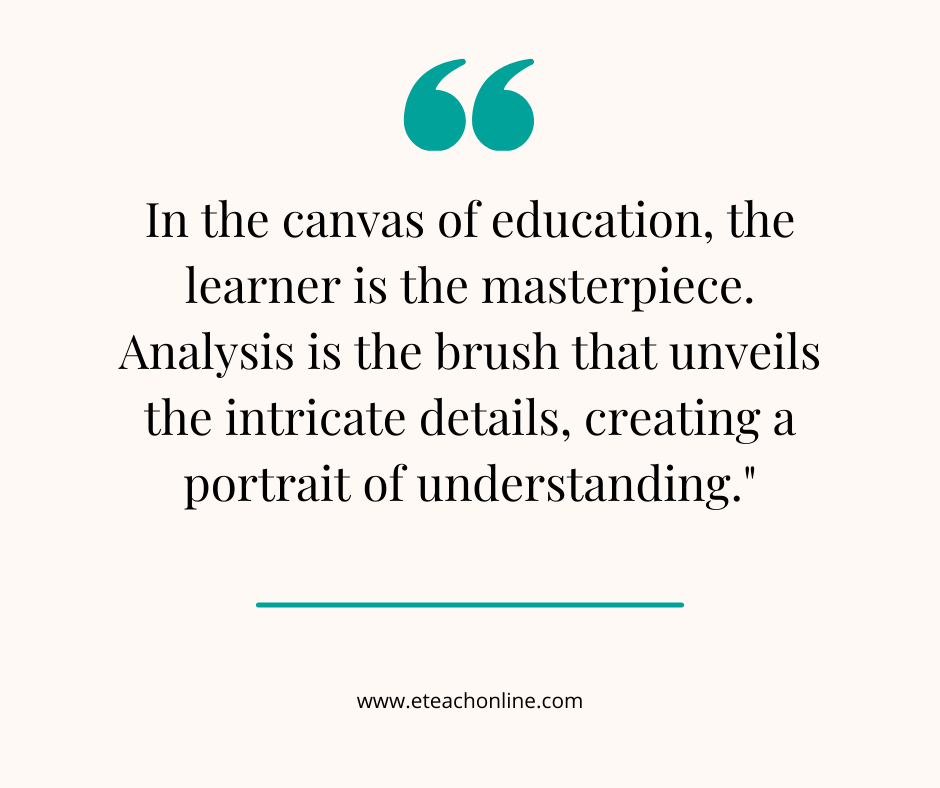
TRANSCRIPT
Hello, and welcome to the eLearning and Instructional Design for Beginners podcast, where new and aspiring instructional designers start, grow, and advance their careers in instructional design and online learning development. I'm your host, Crystal Harper. I'm a former school teacher who transitioned to instructional design, all while working full time as a single mom.
Would you like to become a successful instructional designer without the burden of earning another degree? Well then let's get started.
So far too often, way too many assumptions are made about learners. Instructional designers often assume that they know how people learn, what motivates them to learn, and what their attitudes are towards learning.
But it's essential that you, the instructional designer, understands the knowledge that the learners are bringing to the topic. They're learning characteristics, previous experiences with the topic, and attitudes that they may have towards the topic. In order to apply more learner-centric techniques and develop innovative learning environments that utilize a variety of resources, it's often necessary to gather data about the learner's needs and interests, as well as key contextual factors.
And you also need this to create learning experiences that support more than one learning style. Understanding learners is a significant factor when designing an online course. The course needs to be designed to support and engage the learners. Conducting a learner analysis can help make a course more productive and effective, as well as increase motivation in the learners.
Instructional designers often don't know much about the target learners. Nor do they understand the setting in which they're designing the training. Therefore, a learner analysis is critical for designing key learner factors that may affect the design of the course. A learner analysis is important to help shape and guide the course, as well as determine as to how the course needs to be designed.
The analysis can reveal important variables that may affect the learner, and these things must be addressed during the design and delivery process. This knowledge will allow you to tailor your instructional design and delivery approaches to better meet the needs of your learners. A learner analysis will also provide you information about prior and prerequisite skills.
So the better you understand the learner's needs, the easier it is to create engaging and motivating learning experiences. I'll teach you how to develop and conduct a learner analysis, what to include in your learner analysis, and also how to acquire and utilize the learner analysis data. The information that you gather from your learner analysis will be used to develop appropriate instructional strategies and assessment methods that fit the learners.
The aspects that should be included in the learner analysis includes entry behaviors, prior knowledge of the topic, attitudes, general academic motivation, educational and ability level, and learning styles. Now let's talk more about each of these aspects in more detail. Entry Behaviors are special skills and knowledge that learners must possess prior to instruction to accomplish the specified goal, because they will not necessarily be covered in the instruction.
These prerequisite skills and knowledge may be related directly to the content or may be associated with the delivery system. During your learner analysis, you are determining if learners possess the entry behaviors and noting implications for instructional design, delivery, and or evaluation. Prior knowledge of the topic.
This category includes knowledge that your learners already possess on which they can contribute to build new skills. This is also important so that instruction can build and relate to prior knowledge and so time spent instructing students based on learning new material as opposed to
It also provides an opportunity to see if learners possess discrepancies or misconceptions about the topic so that they can be clarified during instruction. Unlike entry behaviors, prior knowledge focuses on the instructional topic and describe skills and knowledge relative to the topic in general.
Entry behaviors concentrate on those skills and knowledge learners must have prior to instruction to accomplish the goal that may or may not be directly related to the primary instructional topic. You need to address learners feelings about subject matter and skills to be learned. Included in this area should be learners perceived levels of attention, relevance, confidence, and satisfaction toward the content information to be covered by the course.
The ARC's model of motivational design, Attention, Relevance, Confidence, and Satisfaction, helps systematically analyze the motivation of students. Following these four steps in this model enables effectively support motivation level of learners. Learners attitudes towards content information and towards the delivery system are motivational factors that are better analyzed using the ARCS model of motivational design.
And that learner's motivation to learn or general academic motivation should be considered as more of a motivational trait than a state a person's self-reported attitudes are thought to be as indicators of their motivation. For instance, students perceived levels of attention, relevance, confidence, and satisfaction are believed to represent their attitudes towards instruction in specific situations rather than in general.
It is suggested that instructional designers.
In general, are students motivated to learn? What demotivates them in general? Educational and ability level. Information for this area can be gathered through interviews and observations, records, and test data. Questions that designers want to answer may include information about the capability of learners to master the material that will be presented.
How able are the students to learn the new material? What educational experiences do they have? Learning styles refers to how individuals learn best. The three basic learning styles and learning strategies for learners are auditory, visual, and kinesthetic. What you may not realize is that today, there are well over 40 different models that are used for describing learning styles.
Most models have similar components and are derived from the Minnesota Multifacet Personality Inventory, or MMPI. This test has been used by medical professionals since the 1930s to diagnose mental disorders and help to identify an individual's personality structure. The model identifies the following four different types of learners.
Active and reflective learners, those who want to discuss or be active right away versus wanting to think about things and then reflectively respond. Sensing and intuitive learners. Sensors like being grounded by facets and intuitive prefer possibilities and imagination. Visual and verbal learners.
Visual learners like to see information represented via charts, diagrams, and pictures, and verbal learners prefer to hear the information. Sequential and global learners. Sequential learners prefer small steps in the learning process, and global learners prefer the whole picture and working downwards. We all have these characteristics of learning, and so do our learners.
However, we all differ in the degree to which we prefer one type of learning over the other. It is important to understand there is no right or wrong type of learning style. Each learning style has advantages and disadvantages. It becomes important to understand how different learning styles respond to different methods.
Data about learners in this area can be gathered through interviews, observations, and attitude data that may be gathered through questionnaires. Questions that can be asked about learners would include what kind of learning mode do the learners prefer. Do they prefer traditional lecture or discussion format?
Are the learners willing to explore other formats? To conduct a complete learner analysis, you must either know or gather information about your learners. This information is not always readily available. Several techniques can be used to assist your search for this information. These techniques include utilize pretests, review portfolios, contact experienced instructors,
You may need to apply one or more of these techniques to gather all the information necessary to complete a thorough learner analysis. Let's talk a little bit more about each of these techniques. A pretest is a criterion referenced test designed to measure entry behaviors or prerequisite skills needed before instruction can begin, as well as those skills the designer intends to teach.
It gives the instructional designer a basis for developing items or skills that need to be taught to ensure successful instruction. Portfolio assessment is one of the most common formats for evaluation. Portfolios contain samples of work that demonstrate student achievement of targeted outcomes, objectives, and proficiencies.
Select samples of work that illustrate student strengths and weaknesses and make instructional design decisions based on these samples. Possible sources for student portfolio examples include the following. Written reports, exams of student knowledge, peer reviews, self-evaluations, audio and video recordings, images and graphics, research papers, and projects.
Contact with former instructors can be either written or verbal. It can give you valuable insights on course's typical learners.
A survey is a useful tool for gaining valuable information about your learners. It can be used to obtain general information about the student background, training, prior education, etc., as well as information about current attitudes, entry competencies, motivators, and learning styles. Popular survey formats include questionnaires and checklists.
Although this can be more challenging in e-learning, you need to plan flexible instruction that allows for student-to-student interaction and communication. Student-to-instructor interaction, including asynchronous or synchronous if possible, whole class and small group discussions can help facilitate and stimulate active student participation.
It is very important to create a positive learning environment in which the learners feel comfortable and at ease. How to utilize your data. Once all this data is gathered, you can now make certain implications about the learners. Ask yourself, because I know this characteristic about the learners, I will do blank.
The implication should allow you to focus your instruction to best suit the needs of the learners. For example, because I know that the learners are visual learners, I will describe the instruction to include diagrams, pictures, and charts to aid the learning process. Or, because I know the learners are not very motivated about the instruction, I will design instruction to assure that all aspects of the ARCS model are covered.
Or, because I know that learners do not have the prior skills or knowledge are expected, I will design my instructions so that I teach or review the necessary skills. You should analyze and reflect on the information of your learner analysis for the design, delivery, and evaluation of your instruction.
This will help you determine the appropriate media and materials for your course.
JOIN THE
eLearning and Instructional Design for Beginners Community
- In-depth courses & training
Access my rapidly growing library, attend monthly live training & accountability support groups
- Exclusive tools & members-only discounts
Tools, templates, downloads, checklists and more - plus receive special perks & discounts
- Supportive community & network
Feedback and support from fellow instructional designers, career-driven business owners, and experts who will keep you on track
Get Your Software Toolkit for Instructional Designers
Tools & processes that will help you plan, build, and grow your instructional design career and freelance business.



